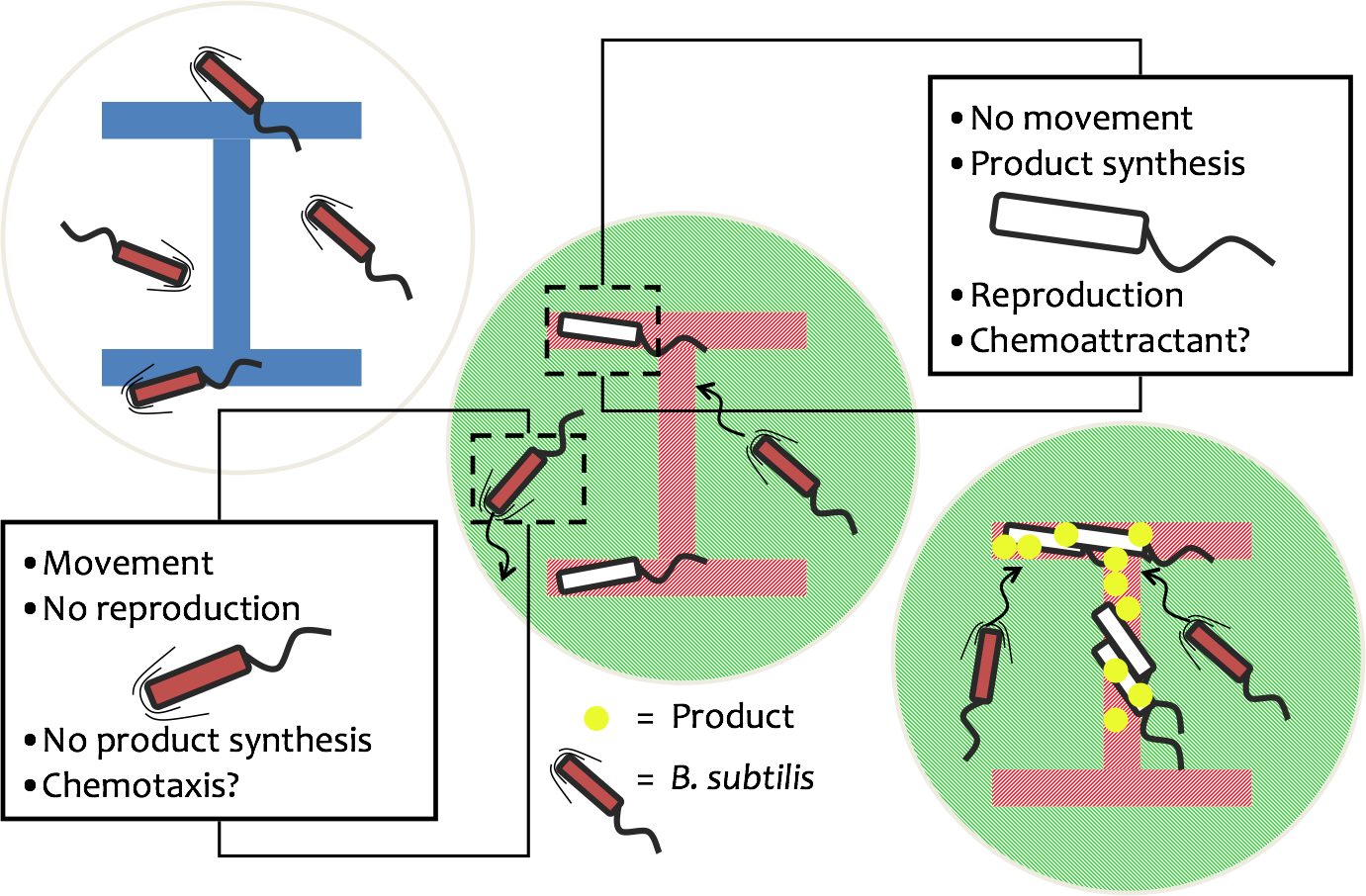Team:Imperial College
From 2008.igem.org
(Difference between revisions)
m |
m |
||
| Line 3: | Line 3: | ||
{{Imperial/Box1|<html><center><img width="95%" src="https://static.igem.org/mediawiki/2008/9/94/Imperial_2008_Title.png"></center></html>| | {{Imperial/Box1|<html><center><img width="95%" src="https://static.igem.org/mediawiki/2008/9/94/Imperial_2008_Title.png"></center></html>| | ||
| - | <center>'''For the 2008 iGEM competition, the Imperial College Team aims to develop a genetically-engineered Biofabricator, using the Gram-positive bacterium Bacillus subtilis as our chassis. Our Biofabricator aims to produce self-assembling biomaterials in specified 3D shapes, using light as the trigger.'''<html><br><br><img width="350px" src="http://i59.photobucket.com/albums/g305/Timpski/Logo1.png"></html | + | <center>'''For the 2008 iGEM competition, the Imperial College Team aims to develop a genetically-engineered Biofabricator, using the Gram-positive bacterium Bacillus subtilis as our chassis. Our Biofabricator aims to produce self-assembling biomaterials in specified 3D shapes, using light as the trigger.'''<html><br><br><img width="350px" src="http://i59.photobucket.com/albums/g305/Timpski/Logo1.png"></html></center> |
*Light on | *Light on | ||
*Motility arrested | *Motility arrested | ||
Revision as of 15:32, 15 October 2008
| |||||||||||||||
 "
"








